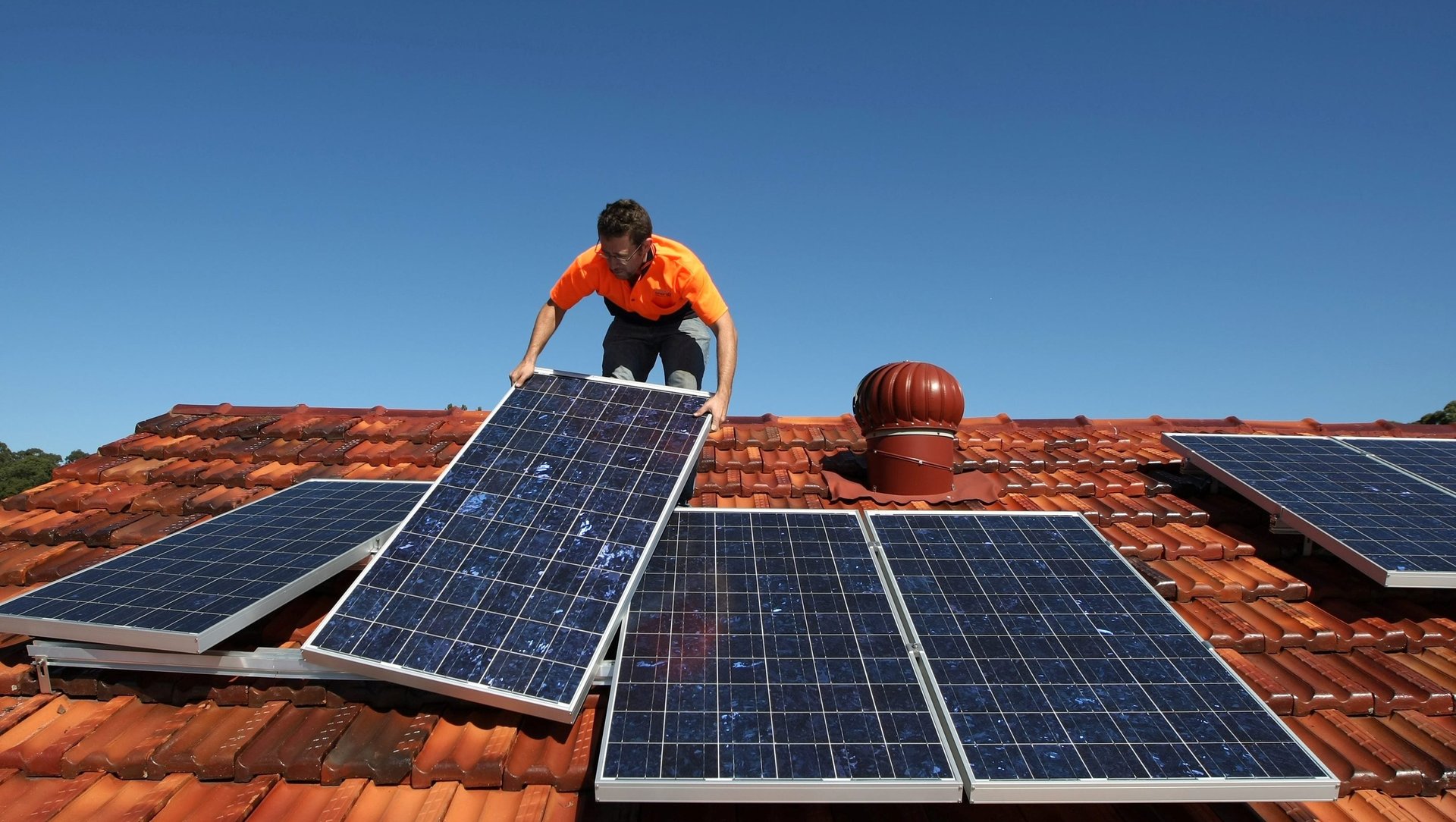The collapse of its energy grid may make Texas the next solar hot spot
Texas rooftops plastered with solar panels in 2021, and maybe a battery in the garage, may become more common after one of the worst winter storms in Texas history. The one-two punch of soaring electricity prices and massive outages following the collapse of the power system after the Feb. 15 storm is likely to be a turning point for the solar industry in the Lone Star State.


Texas rooftops plastered with solar panels in 2021, and maybe a battery in the garage, may become more common after one of the worst winter storms in Texas history. The one-two punch of soaring electricity prices and massive outages following the collapse of the power system after the Feb. 15 storm is likely to be a turning point for the solar industry in the Lone Star State.
Texas already has 780,000 households with home solar systems, second only after California, according to the Solar Energy Industries Association. But with only about 1% of households on solar, it lags far behind in per capita installation. Relatively low energy prices mean that the incentive to switch to residential solar is still lower than places like Nevada which tops the list with 1.3 megawatt of home solar capacity per person, more than 10 times higher than Texas.
This month may change that. The state came to a halt as temperatures fell to -11 Fahrenheit, the second coldest week in history, bursting pipes, freezing pipelines, and knocking out power for millions. At times, the gap between demand and supply widened to about 30 gigawatts (just under half the state’s peak demand) as Texas grid operators scrambled to avoid damaging equipment that could have left the state in the dark for months. That shortfall sent electricity prices soaring 10,000%. For some customers on variable-rate plans who were fully exposed to wholesale price fluctuations, utility bills followed suit. One customer of electricity supplier Griddy posted a screenshot of a $3,800 utility bill to power his 1300-square-foot home for the last two weeks.
Those skyrocketing prices for Griddy customers are only the beginning. The state will now need to spend billions of dollars hardening its infrastructure against extreme weather, which is expected to worsen as climate change advances. Although Texan’s deregulated energy market leaves much up to businesses, like every state, policymakers are now under pressure to prevent another such catastrophe from the next polar plunge, or blistering heatwave. Over the next five years, the state will have to make enormous new infrastructure expenditures, a cost ultimately ending up on utility bills. Ratepayers will be on the hook
A similar story in Australia
Something similar happened in Australia, where ratepayers revolted when hit with skyrocketing bills. Retail electricity prices in Australia have nearly doubled since 2005 to help pay for upgrades to aging infrastructure. Combined with incentives and falling solar prices, residential solar installations have taken off. The country has the highest rate of home solar adoption of any major economy: at least one in four Australian homes have rooftop solar panels, something true in conservative Queensland as well as left-leaning Sydney. The systems typically pay for themselves in a few years. One homeowner interviewed by the New York Times said after installing a $3,000 solar panel system, his monthly $190 utility bill turned into a $30 credit (thanks to the utility paying for excess electricity).
A similar phenomenon is happening in the US, says Vikram Aggarwal, founder and CEO of EnergySage, a marketplace where people can buy and sell home solar. Interest in new solar systems consistently surges on the platform after natural disasters spur homeowners to protect against outages and price increases. After Hurricane Maria in Puerto Rico demolished the island’s electricity grid in 2018, record numbers of the island’s residents installed home battery systems. In California, devastating wildfires (and state incentives) have made it one of the biggest markets for home solar and batteries. That kicked into overdrive after California’s largest utility, PG&E, began intentionally cutting off power for millions of people to prevent fires in 2019. Searches on EnergySage for installers for solar and storage systems in PG&E’s territory surged 40% above the national baseline during the first quarter of 2019.
Texas is famous for going it alone. Its grid is isolated from the rest of the country to avoid federal regulation. That was one of the reasons that when power plants began going offline this month, Texas had nowhere to turn. Once the ice melts in the Lone Star State, the place famous for going it alone may find residents doing the same when it comes to generating their own electricity.